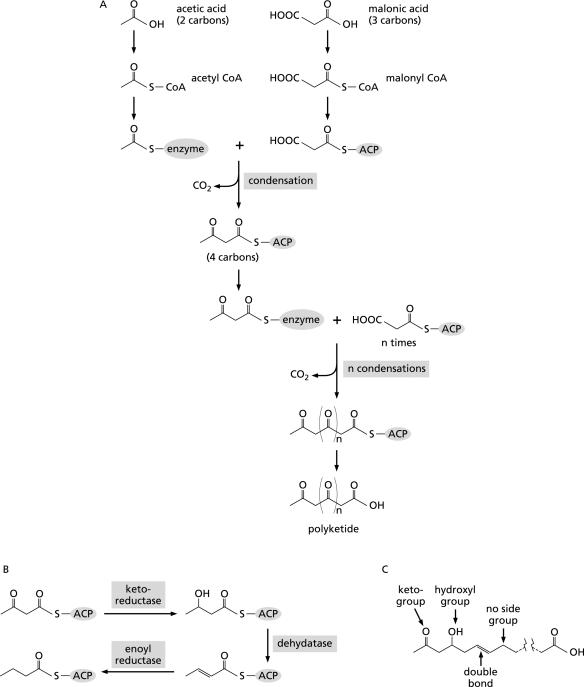Figure 1. The Chemistry of Polyketide Chain Assembly.
(A) Acetic acid and malonic acid are converted to their coenzyme A (CoA) esters and then attached, by specific acyl transferases, to components of the polyketide synthase (PKS): acetyl-CoA is attached to the active site of the ketosynthase, and malonyl-CoA to a structural component of the PKS called the acyl carrier protein (ACP). Condensation of the two units by the ketosynthase, with loss of one carbon from malonyl-CoA as carbon dioxide, produces a four-carbon chain attached to the ACP. This is transferred back to the ketosynthase, and further rounds of condensation with malonyl-CoA (as shown) or other chain extender units produce a polyketide chain.
(B) The three-step reductive cycle that converts a keto group to a hydroxyl, then to a double bond, and finally to a fully saturated carbon.
(C) A complex polyketide in which keto groups, hydroxyl groups, double bonds, and fully saturated carbons occur at different positions along the chain, depending on the operation of the reductive cycle after each condensation.

